Pharmacological Management of Cardiac Arrhythmias in the Fetal and Neonatal Periods: A Scientific Statement From the American Heart Association
Circulation
FEBRUARY 5, 2024
In addition, exposure of the fetus or neonate to either persistent arrhythmias or antiarrhythmic medications may have yet-to-be-determined long-term developmental consequences. Treatment options are limited in the fetus and neonate because of limited vascular access, patient size, and the significant risk/benefit ratio of any intervention.




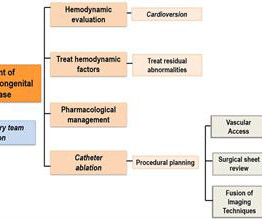















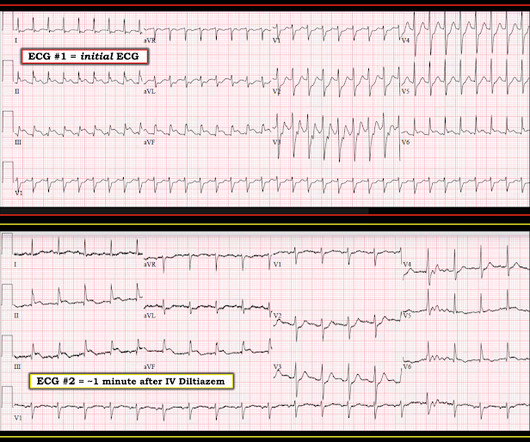

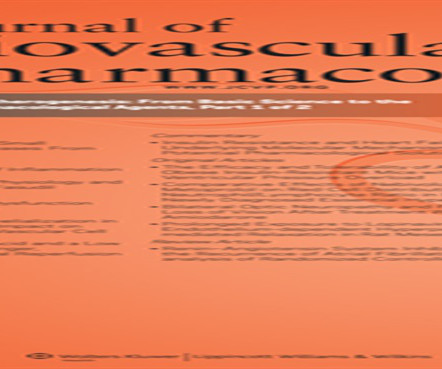
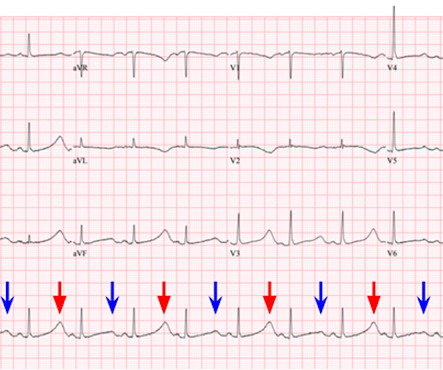
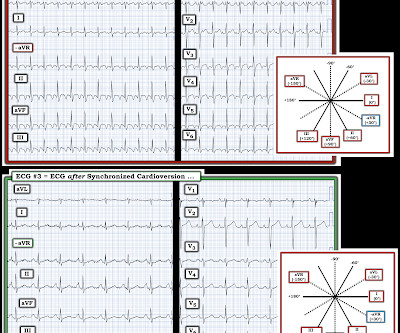
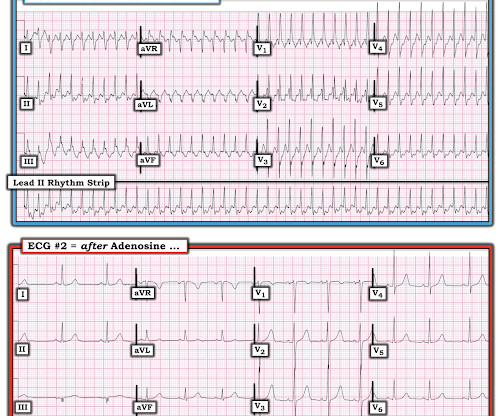








Let's personalize your content